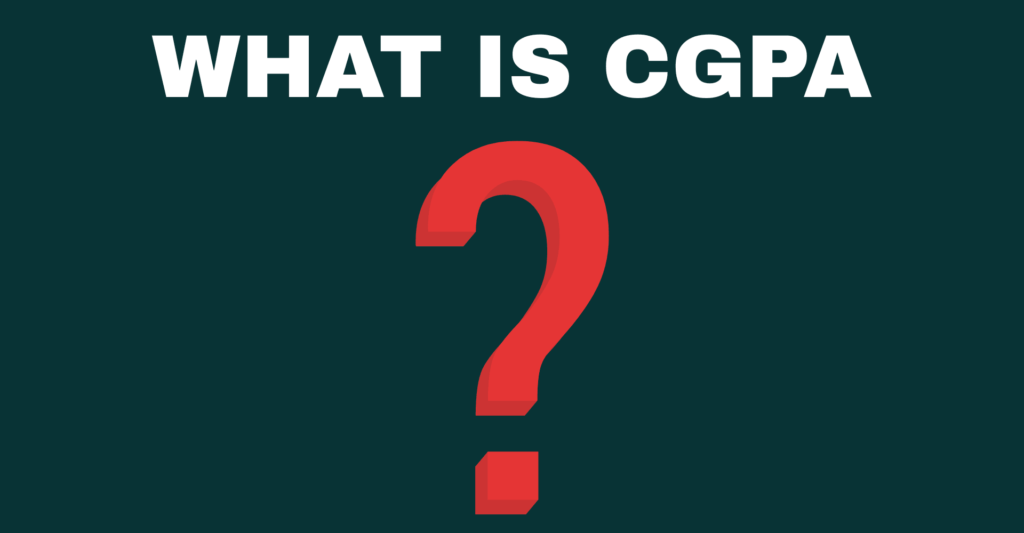What Is CGPA: Everything Students Need to Know

If you’re a student, chances are you’ve heard the term CGPA thrown around a lot in your report cards, during admissions, or when comparing your scores with friends. But what exactly is CGPA, and why is it so important?
This article will explain what CGPA means, how it’s calculated, why it matters, and how it compares to other grading systems all in simple language you can easily understand.
What Does CGPA Stand For?
CGPA stands for Cumulative Grade Point Average. It is a measure of your overall academic performance, averaged across all the semesters or years of your course.
Think of it as your academic “scorecard” that sums up how well you’ve done so far.
How Is CGPA Calculated?
CGPA is calculated by:
- Taking the Grade Point Average (GPA) for each semester (or term)
- Multiplying it by the number of credits for that semester
- Adding all those up
- Dividing the total by the sum of credits across all semesters
This weighted average gives you a single number, usually on a scale of 0 to 10 (or 0 to 4, depending on your university).
Why Is CGPA Important?
- It reflects your overall academic performance, not just one exam or semester.
- Many universities use CGPA to determine if you qualify for certain courses, scholarships or honors.
- Employers may check your CGPA to assess your consistency and diligence.
- In some cases, CGPA is converted into percentage marks for applications or admissions.
CGPA vs Percentage: What’s the Difference?
CGPA is a grade point average, while percentage shows your actual marks out of 100. Most Indian universities use CGPA to avoid the stress of absolute marks and to focus on overall performance.
You can convert CGPA to percentage using university-specific formulas which we cover in detail on our site.
Conclusion
Now you know what CGPA means. It’s not just a number it’s a scorecard of your hard work over time. If you want to know how to convert CGPA to percentage or want to track it, check out our CGPA to Percentage Calculator.






